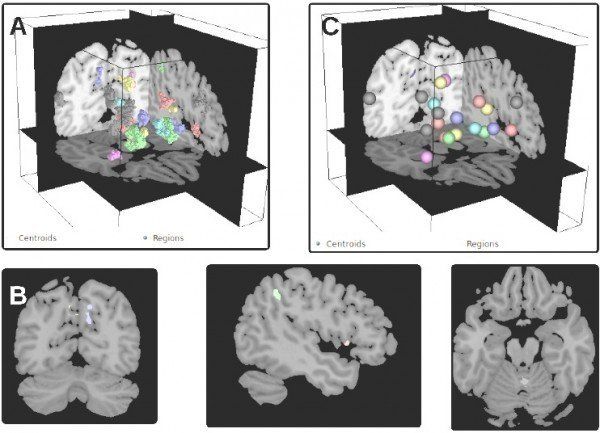Earlier this week, Canada’s electronic spy agency the Communications Security Establishment warned government agencies and businesses against quantum mechanics, which could cripple the majority of encryption methods implemented by leading corporations and agencies globally.
Governments and private companies employ a variety of cryptographic security systems and protocols to protect and store important data. Amongst these encryption methods, the most popular system is public key cryptography (PKC), which can be integrated onto a wide range of software, platforms, and applications to encrypt data.
The Communications Security Establishment and its chief Greta Bossenmaier believes that quantum computing is technically capable of targeting PKC-based encryption methods, making data vulnerable to security breaches and hacking attempts from foreign state spies and anonymous hacking groups.



 The Defense Sciences Office at the Defense Advanced Research Projects Agency (DARPA) has awarded Dr. James Caverlee and Dr. Xia “Ben” Hu a Next Generation Social Science (NGS2) grant to complete their collaborative research project, HELIOS, named after the Greek god with the ability to see the invisible.
The Defense Sciences Office at the Defense Advanced Research Projects Agency (DARPA) has awarded Dr. James Caverlee and Dr. Xia “Ben” Hu a Next Generation Social Science (NGS2) grant to complete their collaborative research project, HELIOS, named after the Greek god with the ability to see the invisible.



